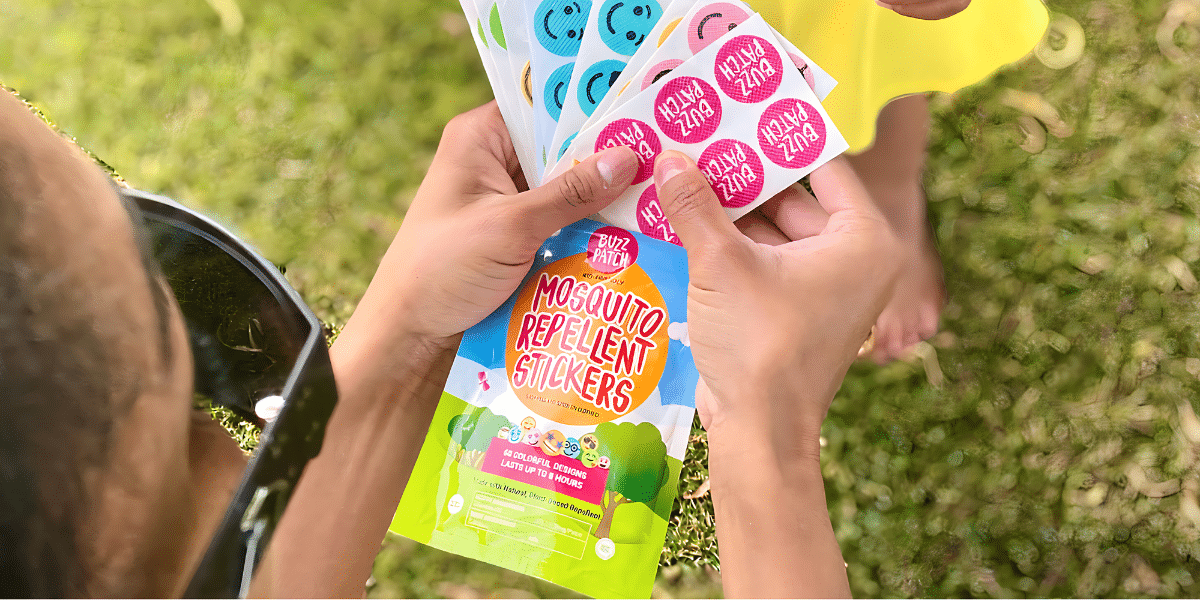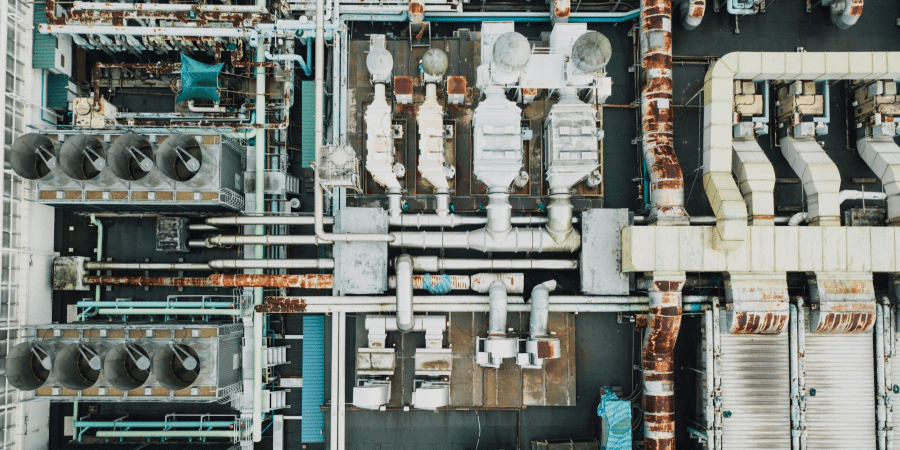Image commercially licensed from Unsplash
Concrete is a versatile and widely used construction material known for its durability and strength. Whether you’re a seasoned DIY enthusiast or a professional contractor, working with concrete requires the right set of tools to ensure a successful project. From mixing to finishing, each step demands specialized equipment that can make the job easier and more efficient. In this article, we’ll delve into the essential tools you need to work with concrete, providing insights into their functions and importance.
Mixing the Perfect Blend: Tools for Concrete Mixing
Before you begin any concrete project, achieving the right mix is crucial for ensuring the structural integrity of your construction. To achieve this, you’ll need the following tools:
Concrete Mixer: A concrete mixer is an indispensable tool for large-scale projects. It efficiently combines cement, sand, gravel, and water to create a consistent mixture. As seen at https://www.niagaramachine.com, there are various types of concrete mixers available, including portable electric mixers and heavy-duty gas-powered mixers. The choice depends on the scale of your project and your convenience.
Wheelbarrow or Concrete Tub: If your project is smaller in scale, a wheelbarrow or a sturdy concrete tub can be used to manually mix the components. This method is more labor-intensive but can be effective for smaller projects or areas that are hard to reach with a mechanical mixer.
Shovels and Rakes: Shovels are essential for scooping and transferring the concrete mix, while rakes help in leveling and smoothing the mixture. A pointed shovel is useful for moving heavy materials, while a flat shovel is ideal for mixing and spreading concrete.
Laying the Foundation: Tools for Concrete Placement
Once you’ve prepared the concrete mixture, the next step is placement. This phase requires precision and the right tools to ensure the concrete is evenly distributed and properly aligned:
Concrete Vibrator: A concrete vibrator is used to remove air bubbles and ensure proper compaction within the concrete mixture. This tool is especially important for larger projects, as trapped air can weaken the structure over time. Handheld and portable concrete vibrators are available, and they come in various sizes to suit your project’s requirements.
Bull Float: A bull float is a large, flat tool used to smooth and level the surface of freshly poured concrete. It is typically pushed or pulled across the surface to eliminate imperfections and create a consistent finish. Bull floats come in different lengths and materials, such as magnesium or aluminum.
Edging Tools: Edging tools are used to create rounded or beveled edges along the sides of the concrete. This not only enhances the appearance of the finished project but also helps prevent chipping and cracking. Edging tools are available in various sizes and shapes, including hand edgers and walking edgers.
Finishing Touches: Tools for Concrete Finishing
As the concrete begins to set, the finishing process comes into play. This step involves adding texture, patterns, and final touches to the surface:
Concrete Trowel: A concrete trowel is an essential tool for smoothing and finishing the surface of the concrete. It helps create a flat and even texture while removing any excess moisture from the surface. There are different types of trowels, including hand trowels and power trowels, each serving a specific purpose.
Concrete Stamps: If you’re aiming for decorative concrete surfaces, concrete stamps are invaluable. These stamps come in a variety of patterns and designs, allowing you to mimic the appearance of natural stone, brick, or tile. Stamping is typically done while the concrete is still pliable but has gained enough strength to hold the pattern.
Concrete Sealer: Once the concrete has cured, applying a concrete sealer is essential to protect the surface from moisture, stains, and abrasion. A concrete sealer enhances the durability of the concrete and prolongs its lifespan. Sealers come in different formulations, including solvent-based and water-based options.
Safety First: Protective Gear for Working with Concrete
When working with concrete, prioritizing safety is paramount. The construction process involves potential hazards, and wearing the appropriate protective gear can help prevent injuries and ensure a secure work environment:
Personal Protective Equipment (PPE): Equip yourself with PPE such as safety goggles, gloves, and a dust mask. Safety goggles protect your eyes from dust, debris, and potential splashes, while gloves shield your hands from abrasions and chemicals present in concrete mixtures. A dust mask helps filter out airborne particles that may be harmful when inhaled.
Hard Hat: A hard hat is a crucial piece of safety gear, especially in construction sites where overhead work is involved. It safeguards your head from falling debris, tools, or any accidental impacts that may occur during the concrete placement and finishing stages.
Protective Clothing: Wearing durable, full-length clothing and sturdy work boots can safeguard your body from spills, splashes, and potential contact with wet concrete. Sturdy boots with steel toe caps offer additional protection for your feet.
Precision Measuring: Tools for Accurate Concrete Placement
Achieving precise measurements is vital to ensuring the structural integrity and aesthetics of your concrete project. Accurate measurements help you maintain proper alignment and ensure that the finished result meets your design specifications:
Tape Measure: A reliable tape measure allows you to accurately measure distances, ensuring that your concrete forms are properly aligned and leveled before pouring. It’s an essential tool for laying out the foundation and verifying dimensions during the construction process.
Level: A level is used to determine whether a surface is perfectly horizontal or vertical. It’s invaluable when working on foundations, slabs, and walls to ensure they are even and aligned correctly.
String Lines: String lines are used in conjunction with levels to create straight and aligned reference lines across larger areas. They aid in maintaining consistent heights and alignments for various concrete elements, promoting a uniform and visually appealing finished project.
Working with concrete requires a range of specialized tools for mixing, placement, finishing, and maintenance. From achieving the right mix to ensuring precision and safety, these tools are essential for successful concrete projects. By utilizing these tools effectively, you can achieve durable and visually appealing results that meet your construction needs.











